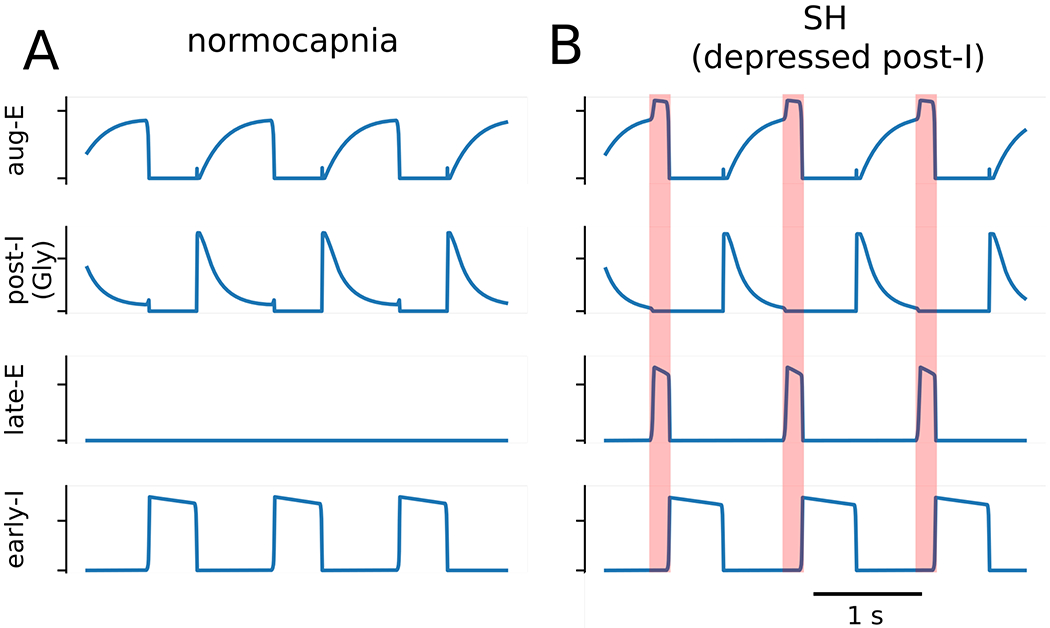Figure 9. Model simulations of active expiration induced by sustained hypoxia.

The baseline three phase rhythm (Panel A) was transformed to pattern that included active expiration (Panel B) by reducing excitatory conductances on the GABAergic and glycinergic post-inspiratory (post-I) neuronal populations by 5%, which caused the recruitment of late-expiratory (late-E) population. The transformation of the respiratory pattern during the late expiratory phase is emphasized by the orange shaded boxes.
